Not many people from the village ever go into the forest, even though it is at their back door. Mostly, the locals except gather wood at the edges. Part of the Kibale Wood Fuel Project's goal is to create a relationship between forest and village, so villagers can be advocates of their own natural resource.
We spent most of the day deep in the forest, looking for the chimpanzees. Our guide used to be a poacher, but the Uganda Wildlife Authority (UWF) hired poachers as patrolmen a few years ago to protect the forest instead, which was a very smart thing, as they know the forest better than anyone. Three (3) hours into a grueling walk through swamp and up hillside, down ravine and around vines that had long ago strangled out the host branches by winding around them hundreds of times, we came to a clearing. The guide went silent. “Now, he said—they are coming!…make sure you are standing up!”
Out of the shadows of the deep trees to our right they came, walking on knuckes towards trunks. There were 30 animals, all moving toward us—all around us. “Stand up!—let them see you, “ he said.
They took slight notice of us and starting to climb, making noises in their language. They grunted and screamed, scooted up the nearby trunks, everyone at once, it seemed—a collective noise in the dim light that made the air around electric. It was scary and amazing at the same time. All of our hearts were beating so quickly!
Above our viewpoint on the forest floor was a fruit tree. It was in this tree the scouting team sat, calling to the others ‘food here, food here.’ The mothers held their babies closely and ascended with one arm. The young males in the group were grumpy with each other, displaying their bravado and shaking the branches. Then everyone was above us, and the forest floor was quiet except for the 2 inches of dry leaves, and the shells of the figs, half-eaten, that the apes let fall. More than a few hit us right on the head.
These apes are one of a few groups that are allowed to interact with people. They number about 30. There are two other groups about the same size that are available only to researchers. The rest—roughly 1400 are left completely alone to live deep in the forest.
After one hour a scout ape called again from a location close by—more food had been found. Chimps change their diet everyday, depending on what they want to eat. Some days its leaves, some days monkey (the Red Colobus is a tasty treat for them), and today the menu is figs! Onward!
In another rush all the branches around us started to shake and apes began dropping from the sky, moving quickly toward the sound of the food call. We were as close as 20 yards from one as the group passed, yelling over their shoulders at the next shift coming behind them aiming for the same trees. They had a complete conversation around us, including the information to the new group that there were people here, and that we were not the harmful kind.
It was then our time was up—by law we can only spend one hour with the animals, then we have to leave them alone. We backed out slowly, careful not to disturb their activity. They will feed, then build their night nests and go to sleep—a different place every day.
What an amazing time! We now understand more completely why this forest must be protected. By planting trees in the village outside the forest boundary, people will not need to chop wood from inside the forest and destroy the food and shelter of these animals.


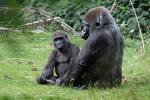
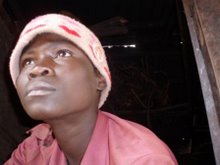

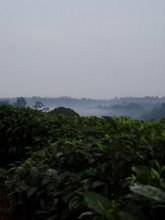
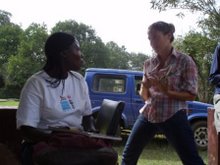
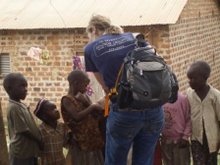
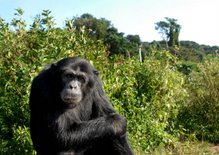


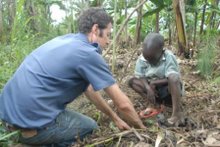
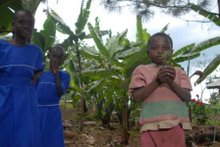
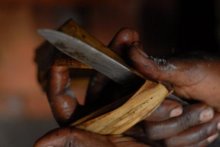

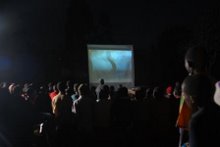

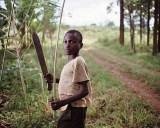
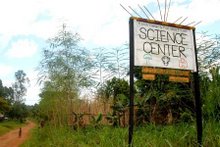
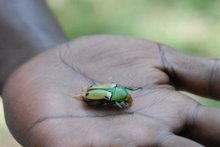
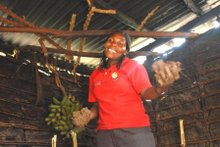

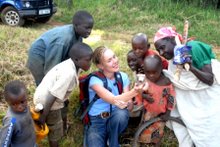
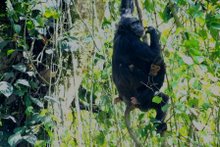
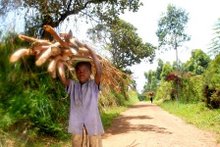
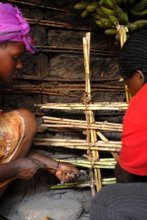
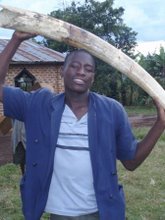
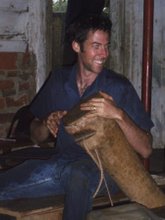
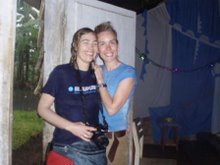
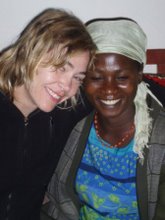
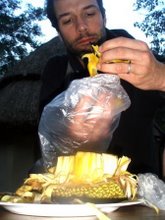

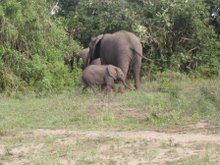
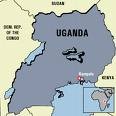

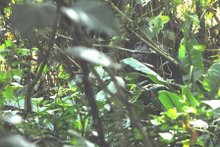
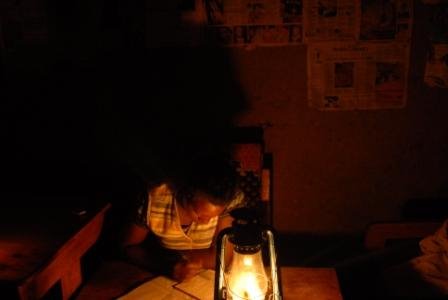

3 comments:
What an amazing experience! I will share it with my third grade class tomorrow when they return to school.
Erica
The Valley School
Here are a few questions from the third grade class.
What type of bugs are there?
How many species of animals are there?
What is the name of the forest you are in?
Did it hurt when the figs fell on your head?
Who is on the scouting team?
Why do the chimps change their diet everyday?
Are there schools? How big are they?
What is your favorite thing about the trip so far?
Here are a few questions from the 4th grade:
How many different primates have you seen so far?
How tall were the chimps you saw?
How are the bugs (are you getting bitten a lot?)
What's the biggest difference between living there and here?
The kids LOVE hearing the blog! One said, "I can't believe they're actually there. It sounds more like a story you would read in a book." (I think that is a compliment to your wonderful writing!) Thank you for doing this!
Post a Comment